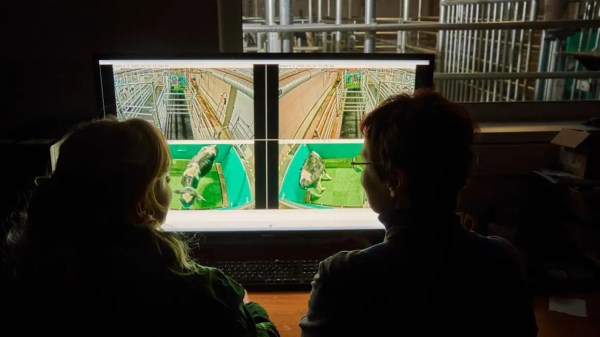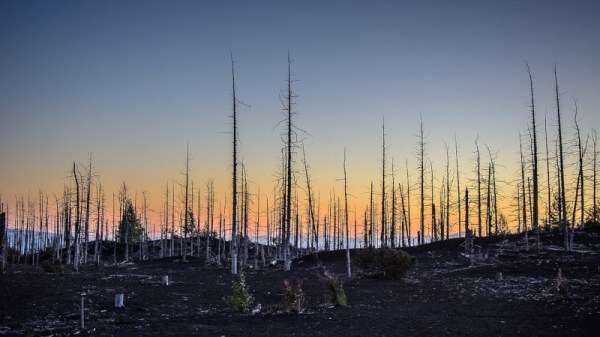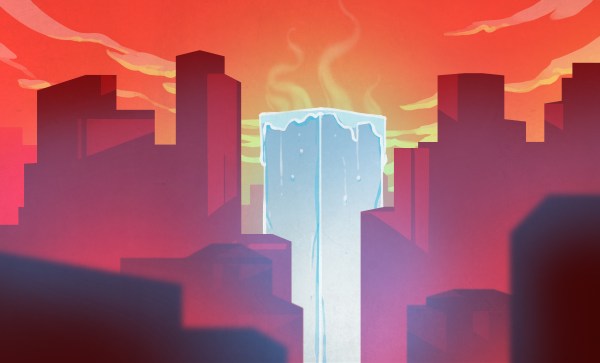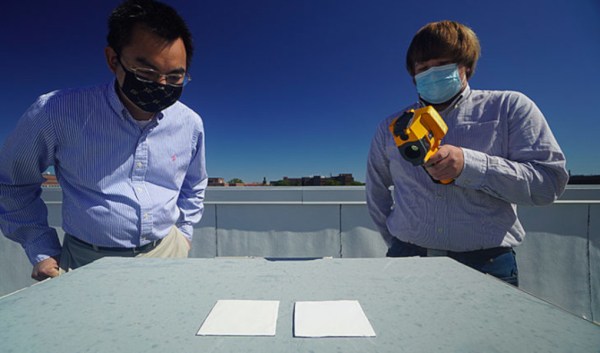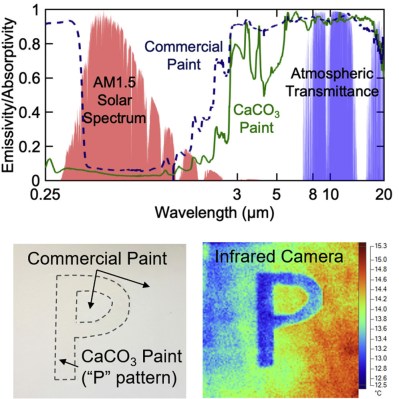Human activity may be the main cause of climate change, but all these cows milling and mooing about don’t help, either. Everyone knows that cows produce methane-laden flatulence, but there’s another problem — their urine contains ammonia. The nitrogen leeches into the soil and turns into nitrous oxide, which is no laughing matter. So what’s the answer, giant diapers? No, just train them to use a toilet instead of the soil-let.
A pair of researchers from the University of Auckland traveled to a research institute’s farm in Germany with the hope of training a group of 16 calves to do their business in a special pen. The “MooLoo” is painted bright green and carpeted with artificial turf so it’s less weird for the cows. First they left the calves in the pen until they peed, and then gave it a reward of sugar water. From there, they started extended the animals’ distance from the MooLoo. Whenever the calves thought outside the box, they would be sprayed with water for three seconds. The results are kind of surprising: within an average of 15-20 urination sessions, 11 of the 16 cows had been trained successfully and were using the MooLoo 75% of the time. Watch a calf earn some sugar water after the break.
German cows mostly live in barns, but millions of other cows spend much of their time outside. So, how would that work? The researchers believe that cows could be trained to go when they gather for milking time. Makes sense to us, but how do you train cows on a large scale? Maybe with bovine VR?

